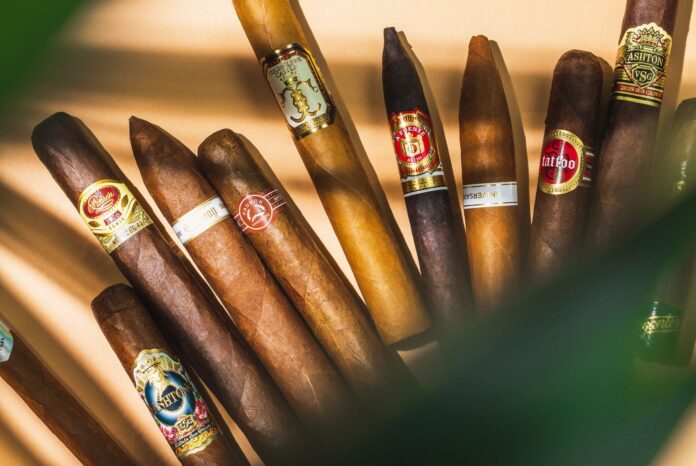Cigars, for many, go beyond the simple act of smoking. They epitomize a lifestyle filled with luxury, tradition, and a touch of opulence. As one holds a cigar, what’s evident is not just the tobacco roll but a symbol of refined sophistication, echoing a deep appreciation for the pleasures of life.
Originating from ancient civilizations, cigars have evolved significantly. From rituals and ceremonies in bygone eras, they now occupy a cherished space in many a modern aficionado’s life, symbolizing moments of celebration, deep reflection, and fostering bonds among friends and strangers alike.
History of Cigars
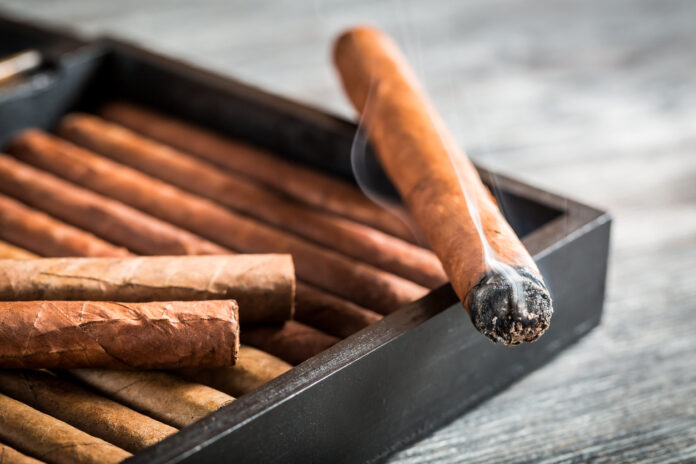
The chronicles of cigars transport us to a world as aromatic as the tobacco it praises. Indigenous inhabitants of the Caribbean had the tradition of rolling and enjoying tobacco leaves long before the Western world knew of its existence. However, the tide turned when Christopher Columbus, on his exploratory expeditions, discovered this treasure and introduced tobacco seeds to Europe. By the 19th century, cigars were no longer an exotic novelty but a widespread pleasure. The elite class, celebrated authors, and visionary leaders reveled in the experience. Lighting a cigar became synonymous with pausing to appreciate life’s intricacies, its history deeply entwined with the evolution of societies.
Cigar Types by Size
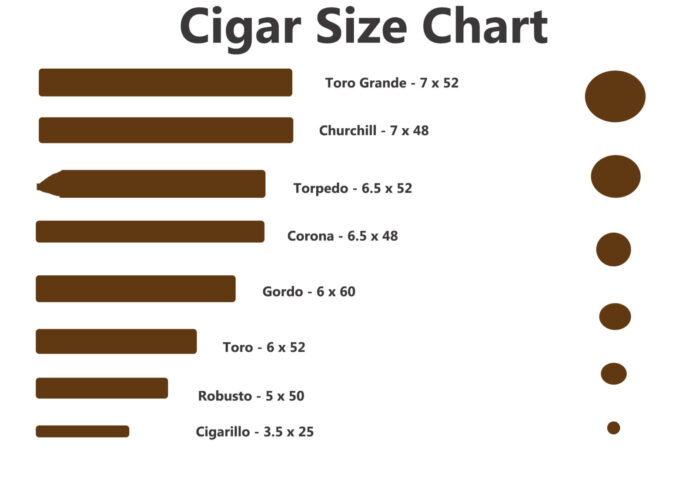
In the cigar universe, size is a definitive factor, often dictating the experience’s duration and intensity. Consider the Robusto – stout and compact, it guarantees a flavorful experience ranging between 45-60 minutes, perfect for those short breaks. The Churchill, paying homage to the indomitable spirit of the famed British Prime Minister, offers a prolonged, luxurious experience with its elongated form. Conversely, for those fleeting moments of indulgence, the delicate and lean panatela is a go-to. The vast array of sizes ensures that regardless of the occasion or the time at hand, there’s a cigar to fit the narrative, showcasing the adaptability and vastness of the cigar realm.
Cigar Types by Shape
Beyond the dimensions, the silhouette of the best cigars 2024 significantly influences its allure and experience. Parejo, characterized by its straight sides, is a beloved classic due to its straightforward lighting and smoking process. In contrast, figurados, with their non-conventional profiles often tapering towards the end, provide a dynamic experience. The tobacco in this tapered design is compacted, resulting in an intense flavor burst initially, which gracefully mellows, ensuring that every inhalation is a new discovery.
Cigar Types by Wrapper
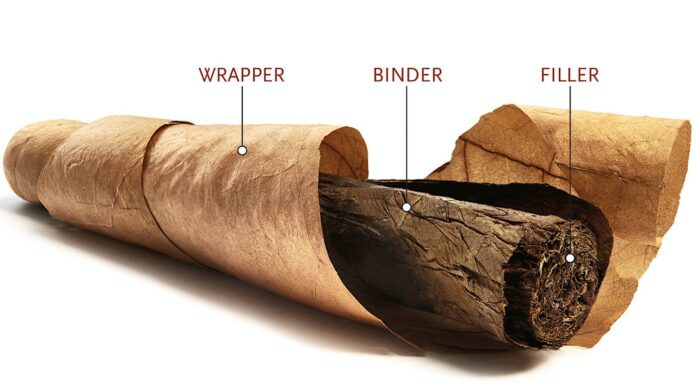
A cigar’s persona is heavily influenced by its wrapper—the outermost leaf. It’s pivotal not only for aesthetics but also as a flavor determinant. The Connecticut wrapper, radiant in its golden hue, is prized for its understated, mild flavor. Maduro, with its richer, darker tone, is a sensory delight offering sweet undertones reminiscent of cocoa. Meanwhile, the Cameroon wrappers, with roots in Central Africa, surprise with spicy and full-bodied notes. Each wrapper, with its distinct flavor profile, invites enthusiasts on a unique sensory expedition.
Cigar Types by Strength
From those serene morning reflections to intense evening rendezvous, the strength spectrum of cigars caters to all. For novices, mild cigars provide a gentle introduction with their subdued flavors, ensuring a pleasant initiation. As one traverses the spectrum, medium to full-bodied variants offer a potent blend, combining a myriad of flavors, textures, and aromas, often becoming a favorite for seasoned connoisseurs.
Cigar Origins
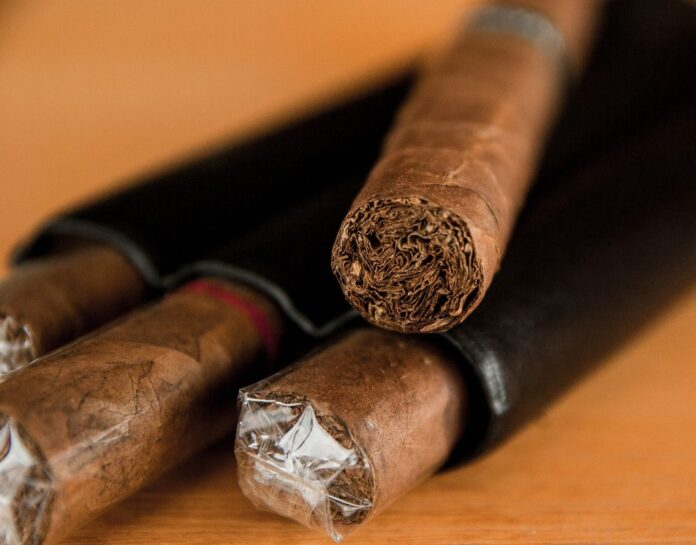
Much like wine, a cigar’s origin plays a pivotal role in its character. Cuba, with its fertile soil and storied history, crafts cigars that are the epitome of perfection both in flavor and construction. However, the Dominican Republic isn’t far behind, producing versatile smokes ranging from subtle to intense. Nicaragua introduces enthusiasts to bold, spicy undertones, while Honduras impresses with its robust, earthy creations. Every region, with its unique terroir and traditions, imparts an indelible signature to its produce.
Cuban Cigars
The mere mention of cigars often paints vivid imagery of verdant Cuban tobacco fields bathed in sunlight. The Cuban cigar stands as a testament to masterful craftsmanship, embodying a harmony of rich flavors that’s unparalleled in the cigar world. This reverence is amplified by the intricacies of its history. For many years, due to political tensions and international embargos, acquiring these cigars became a covert operation for aficionados outside Cuba, adding a dash of thrill to their smoking experience. This combination of impeccable quality and the allure of the forbidden has solidified the Cuban cigar’s status as the epitome of luxury and prestige in the tobacco world.
Non-Cuban Cigars
Though Cuba’s reputation in the cigar realm is legendary, the world of non-Cuban cigars is teeming with exceptional quality and variety. Emerging from the rich soils of Central America and the Caribbean, these cigars have steadily gained ground, each offering unique profiles that encapsulate the essence of their region. From the robust, spicy undertones of Nicaraguan cigars to the creamy, mild notes from the Dominican Republic, there’s a myriad of experiences waiting to be explored. This expansive variety ensures that every palate, whether novice or seasoned, finds its match. Over time, these non-Cuban offerings have gracefully risen to challenge, and at times, complement the famed Cuban legacy, proving that excellence isn’t bound by geography.
Cigar Aging and Collecting

Much like a bottle of Bordeaux that becomes more refined with time, cigars too have their flavors deepened and enriched as the years pass. The process of aging allows the tobacco leaves to undergo subtle chemical transformations. These changes mellow down any harsh tones, resulting in a smoother, more harmonized flavor profile. For enthusiasts who venture into the world of cigar collecting, this aging process is a beautiful journey of anticipation and reward. Every aged cigar in their collection not only serves as a potential investment that might appreciate in value but also stands as a testament to their deep-rooted appreciation and understanding of the intricate art of cigar making. Collecting, in this context, transcends mere acquisition—it becomes a narrative of patience, passion, and connoisseurship.
Cigar Prices
The economics of cigars are as intriguing as their history. What factors dictate their price tag? Is it the legacy of the brand, the duration it’s been aged, its scarcity, or its geographical roots? A Cuban cigar, aged to perfection and limited in numbers, can command a king’s ransom. In contrast, a daily relish from Central America might be surprisingly affordable. A discerning enthusiast recognizes these nuances, ensuring their selections are both informed and satisfying.
Conclusion and Recommendations
The realm of cigars is a labyrinth of history, culture, and sensory experiences. For those on the cusp of this journey, beginning with milder profiles and progressively delving deeper is advisable. For the veterans, constantly evolving and diversifying the collection enriches the experience. In the end, the quintessential cigar isn’t about the price tag but the memories it fosters and the moments it immortalizes.

